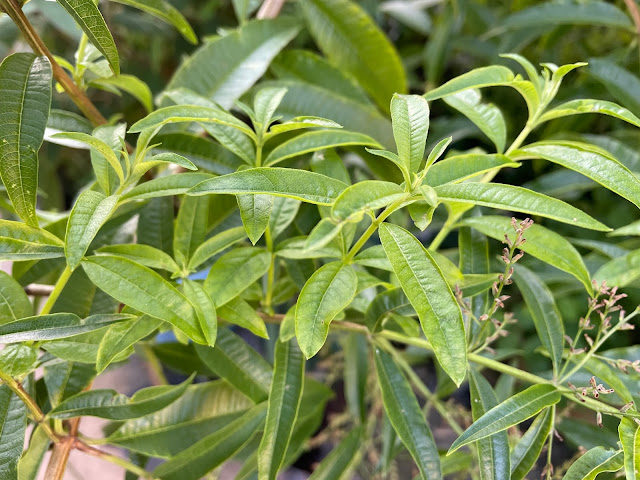
KITCHEN GARDEN LEMON VERBENADid you think that herbs were just for making tea? Maybe not, but some herbs have endless uses, and this week I’m featuring the herb lemon verbena (Aloysia citriodora) that’s larger than you would expect to find in a herb garden so probably could fit into the back of a border but in a sunny location.Lemon verbena photo M CannonHow...















